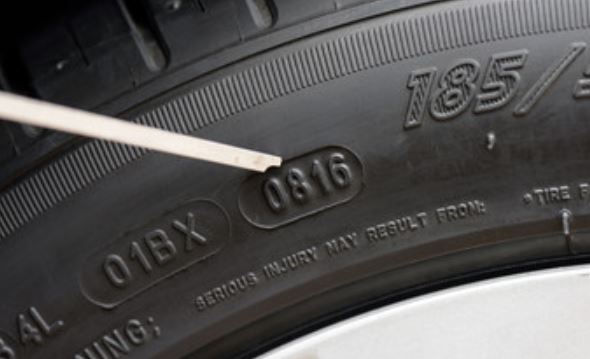Hazards Of Cracked Tires
When people inspect tires, they often focus on tread depth and ignore other areas of concern, including cracking. Cracking can be just as large of a hazard as driving on tires without the recommended tread depth. It is important to pay close attention to your tires and look for signs of cracking. In this guide, we will discuss cracking in tires, the signs of cracking, and why it’s hazardous.
How Dry Rot Causes Cracks
Tires are primarily made up of rubber compounds. These compounds are engineered to resist the elements you will encounter in your daily driving; however, at the end of the day, they are still rubber. All rubber undergoes degradation over time due to exposure to light, heat, oxygen, and more. This leads to dry rot. Often dry rot will be observed in the sidewall of your tires first, but this is not always the case. Dry rot can be observed both on the tread and shoulder of the tire as well.
The good news is that most tires have a lifespan of 5-7 years from the date of manufacturing. To find the date of manufacturing on your tire, look at the sidewall and you will find a series of numbers imprinted on the side of the tire. The last 4 numbers will be a numeric code that represents the date the product was manufactured. The first 2 digits represent the week the tires were manufactured and the last 2 represent the year.
For example – 0816 represents the 8th week of 2016 – or approximately February 14, 2016.

RELATED RESOURCES:
How Abusing Your Tires Causes Cracks
Improperly caring for your tires will also lead to cracks. All types of abuse, including over inflation, underinflation, punctures and poor patch jobs, and improper driving, can all lead to cracks. For example, if you often misjudge your turns and scrape your tire sidewalls on curbs, it will lead to a faster breakdown of the rubber.
Are All Cracks Dangerous?
Cracks are an indication that either your tires are aging, or you need to take better care of them; however, not all cracks indicate your tires need to be immediately replaced. Cracks that are barely visible may not be cause for immediate replacement. In most cases, you should only be concerned if cracks are deep, wide, or if cracking is widespread throughout many areas of your tire.
Keep in mind that all cracking should be addressed, no matter how small. If you notice cracking on your tire, we recommend contacting your nearest Integra Tire. Your service advisor will help you determine if you should bring your vehicle in. If the cracking is not a cause for a concern, your service advisor may give you some advice on how to more properly care for your tires to ensure a lengthy lifespan.
Why Are Cracks Dangerous?
Once a crack is determined to be hazardous, it will be recommended that your tire(s) be replaced. If cracking is found throughout the surface and extends deep into the rubber, it’s a sign that your tire’s rubber compound is compromised – most of your tire’s function is dependent on the integrity of the rubber compound.
Blowouts Caused By Cracks
The biggest concern with hazardous cracks is that you can face a catastrophic blowout while driving. Cracks can extend and branch out below the surface of the tire. This means even if your tire tread still has a lot of life, a crack on the sidewall can extend to the shoulder and tread of the tire as well – sometimes before the surface of the tire, meaning you might not notice it.
A blowout can be dangerous, especially at high speeds or in high traffic areas such as highways. Compared to a slow leak caused by a nail or puncture, a blowout can be a rapid loss of pressure or explosion as the rubber compound suddenly reaches its breaking point. When you are not prepared for this, your vehicle can swerve towards the side of the road or incoming traffic.
Caring For Your Tires
You can reduce the risk of cracking in your tires by handling them with care. This includes:
- Parking in the garage whenever possible.
- Try to avoid parking in heavy snow, puddles, and mud for extended periods of time.
- Keep your tires outside of the sun whenever possible.
- When storing tires, ensure they are dry and wrap them in airtight plastic. Use Integra Tire’s tire storage services when possible.
- Try to avoid damaging your tires including aggressive cornering, hitting curbs or cement, and more.
- Keep your tires inflated to the correct PSI.
With just a bit of care, you can ensure your tires remain useful and safe for their maximum lifespan.
